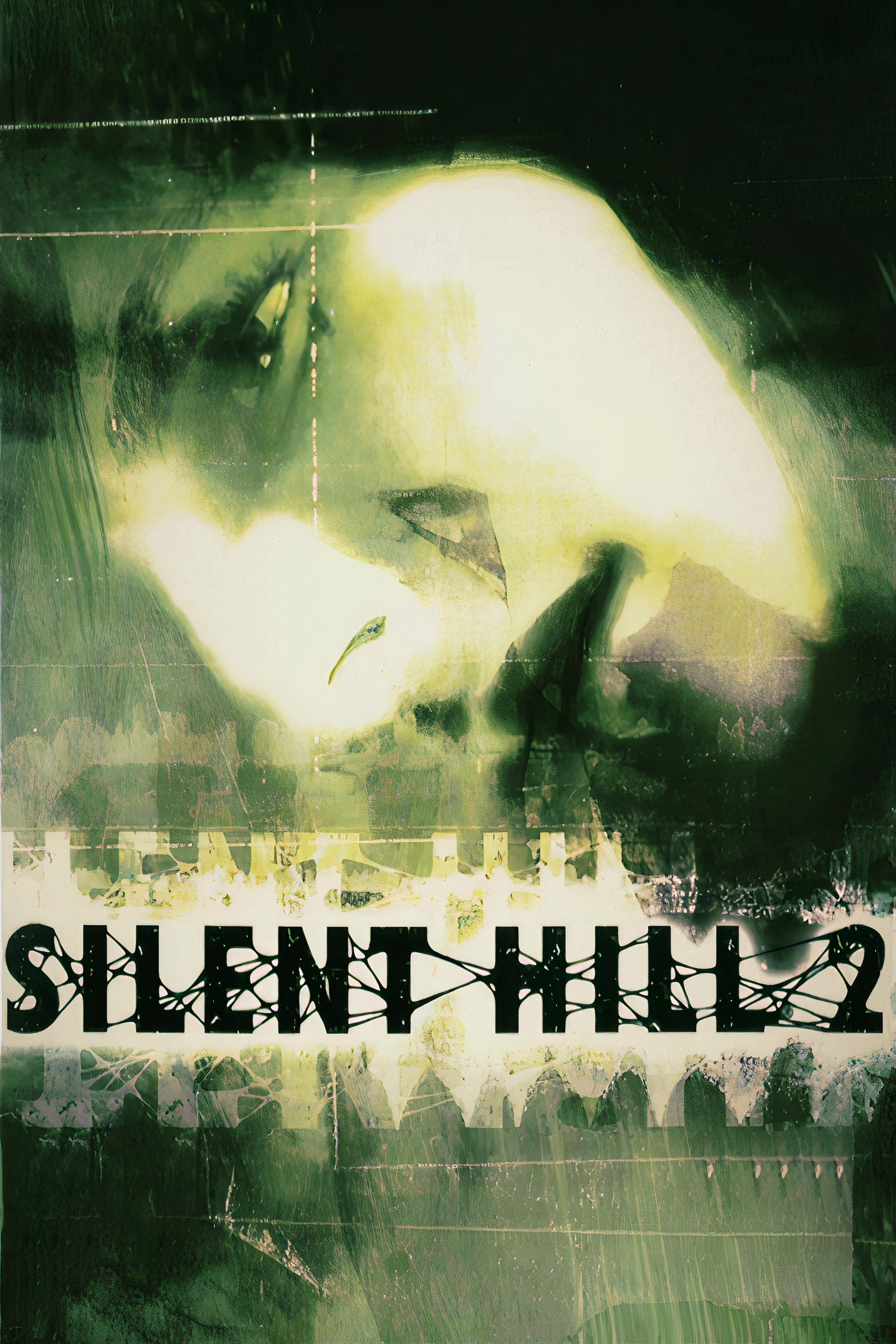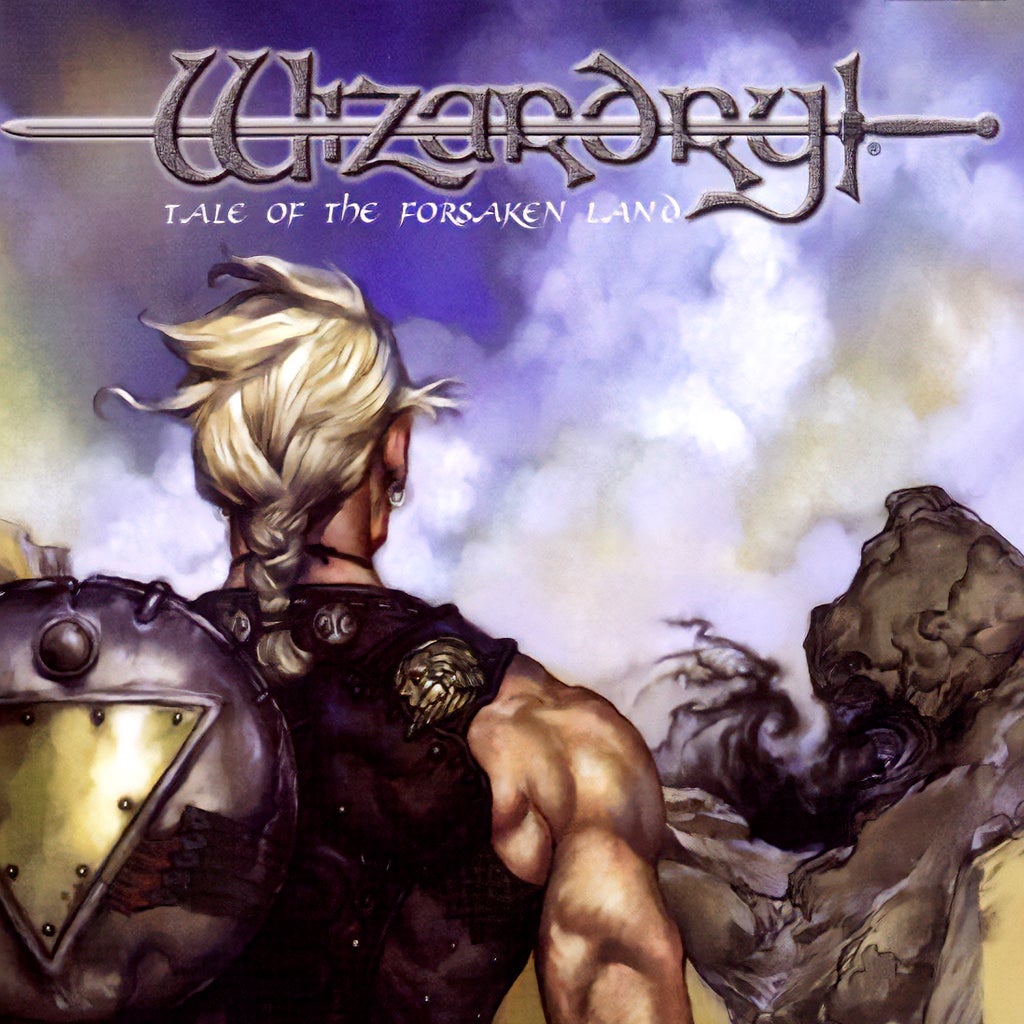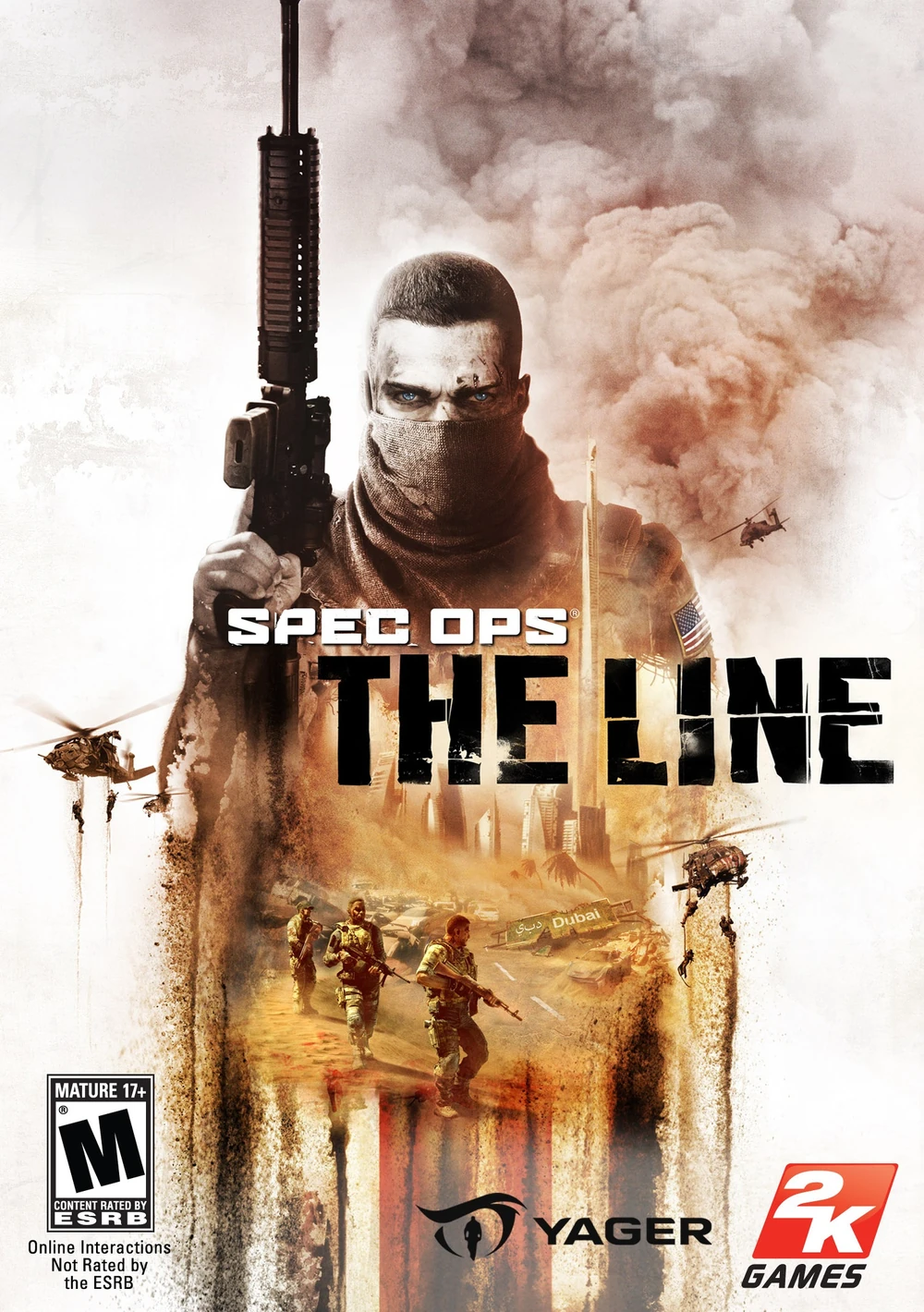The games that inspired our dark-fantasy RPG
Hello there!
Today, we want to share a little more about the journey behind Dark Reality, this time discussing our main game references. In our previous post, we recounted how Dark Souls and King's Field IV kindled the flame (pun intended ohohoh) of inspiration and led us to Dark Reality.
FromSoftware's games, however, informed only the first iteration of the concept. As Nicola and I moved forward with the development, we needed to further define the game's direction. To help us, we studied games that we liked and resonated with the vision of Dark Reality.
In retrospect, we built Dark Reality on way too many references considering the limited scope we were aiming for. Audience reactions after launch confirmed that the game is indeed meaningful but is spread too thin trying to fulfill too many goals and explore too many themes at once.
To take into account the insights we have gathered so far, we'll highlight not only what we took from each reference but also how we could have used them better.
Silent Hill 2

We felt that, to make a game about the inner journey of a broken character, we couldn't avoid referencing Silent Hill 2. We revisited the game multiple times while working on Dark Reality, and it helped us solve many doubts.
Silent Hill 2 is an incredibly immersive game and, even more than twenty years after its initial release, it’s impressive how rich its presentation is; just look at James’s 20-minute walk at the beginning of the game, particularly in terms of sound design. We wanted to achieve something similar.
However, we fell into two pitfalls. The first was underestimating how difficult it would be to reach that level of polish. As a personal example, I spent an entire day refining the sound effects of Dark Reality's outdoor forest area, only to realize it wouldn't significantly improve the player experience. Reaching Team Silent’s level of polish was simply unachievable in three months given the game's scope and our skill level.
The second pitfall was aiming for the same grandiose sense of immersion as Silent Hill 2, despite the fact that Dark Reality is a very different kind of game. While the former is a photorealistic (for its time), highly detailed 3D game focusing on real-time combat and realistic exploration, the latter is a low-poly dungeon crawler with a high degree of visual abstraction whose gameplay focuses turn-based encounters and movement on a grid.
Adhering to the conventions of dungeon crawlers rather than striving for immersion could have actually enhanced both the game and its themes. The problem was that, at the time, it was difficult for us to see that these two goals—creating an immersive game and making an '80s-style dungeon crawler—were in conflict.
If we were to move forward with the development of Dark Reality or come up with an entirely new game in the same genre, we would prioritize creating a solid dungeon crawler first, then bend its rules to our desire.
Wizardry: Tale of the Forsaken Land

Since we were making a game in an already well-established genre like the dungeon crawler, we didn’t want to reinvent the wheel. Instead, we sought out a solid reference to guide Dark Reality's gameplay.
We studied many dungeon crawlers, both recent (like Islands of the Caliph) and classic (like Eye of the Beholder II). In the end, we found that Wizardry: Tale of the Forsaken Land best matched our idea of a narrative dungeon crawler built on a grid with focus on character arcs and world exploration.
We had a highly-polished, well-presented game to take inspiration from but still, like we highlighted discussing Silent Hill 2, we didn't end up with a proper dungeon crawler. Why? Because we prioritized the narrative over the gameplay and assumed that a game loop too strong would divert the attention from the mood and the story.
Spec Ops: The Line

Dark Reality aimed to deconstruct players' expectations about knightly quests, chivalry, and other Arthurian fantasy tropes. Many games critically examine either a theme or a genre, but we felt that Spec Ops: The Line did both in an exceptionally refined manner.
This third-person shooter employs traditional action-oriented mechanics to lure players into unexpected narrative twists. We tried to achieve something similar with Dark Reality. Our biggest challenge was balancing the loop of a proper dungeon crawler while also exploring gameplay and thematic subversions.
We only partially succeeded, as the gameplay in general—and combat in particular—weren’t deep enough to make the player feel like they were truly in a classic '80s RPG, like we already noted.
Fear & Hunger

Of all the references mentioned above, Fear & Hunger may be the most significant and, paradoxically, the least explored in the final game. While it is set almost entirely in a dungeon, much like Dark Reality, its biggest influence regarded worldbuilding rather than game design.
Fear & Hunger significantly inspired the approach behind shaping the world of Ombros and the status quo where Faceless finds himself, in particular regarding the portraying of cosmic and existential horror in a fresh way. Indeed, Dark Reality wanted to be a cosmic horror tale, even though we had to cut large portion of that content from the demo. Why?
Because as we were developing Dark Reality, we tried to imbue the game with hints and connections to the larger world where it takes place and to the themes of cosmic horror we wanted to be lingering over the player. Since the game is a demo for a larger project, we felt it was useful to build bridges to the bigger picture already.
However, we later realized that we were asking the game to carry too much information and narrative weight on its shoulders; the player would end up overwhelmed or, worse, confused. We ended up cutting many references to the world of Ombros and its impeding horrors, thus making most of the work inspired by Fear & Hunger invisible to the player.
In Conclusion
As it emerged from this analysis, there are two main flaws in our approach to the game references of Dark Reality.
The first flaw is that we wanted Dark Reality to follow too many creative directions at the same time: being immersive (like Silent Hill 2) while being a proper dungeon crawler (like Wizardry) while deconstructing the dungeon crawler genre itself ((like Spec Ops: The Line) while trasporting the player into a brand-new fantasy world ridden with a large cosmological turmoil (like Fear & Hunger). I could think of another couples of hidden creative goals we had set for ourselves but I believe this list is already wordy enough to give you an idea of our hubris.
The second flaw is that we didn't implement the dungeon crawler formula seriously enough, as we noted multiple times throughout this analysis. We thought that deconstructing a genre meant breaking the rules, and that probably stands true to a certain degrees; despite this, you need to have something to deconstruct in the first place, and Dark Reality doesn't function as a proper dungeon crawler well enough. I want to stress this a lot because we believe it is what limits Dark Reality from reaching its true potential at the moment.
For our next project, we will put great care in defining first and foremost what is the main reference and exactly what we want to take from it.
Thank you for reading!
- Luca
Get Dark Reality
Dark Reality
An 80s Dungeon Crawler meets a Visual Novel
| Status | Prototype |
| Authors | Saferoom Games, Luca Effe, Nicola |
| Genre | Role Playing, Adventure, Interactive Fiction |
| Tags | Atmospheric, Dark Fantasy, Dungeon Crawler, Narrative, Short, Story Rich, Turn-Based Combat |
| Languages | German, English, Spanish; Latin America, French, Italian, Japanese, Korean, Polish, Portuguese (Brazil), Russian, Chinese (Simplified) |
| Accessibility | Subtitles |
More posts
- How the end of the world of Dark Souls inspired our game53 days ago
- The VHS Filter is making people's heads explode58 days ago
- Now in Widescreen! 📺✨59 days ago
- Dark Reality is OUT! + Who we are63 days ago

Leave a comment
Log in with itch.io to leave a comment.